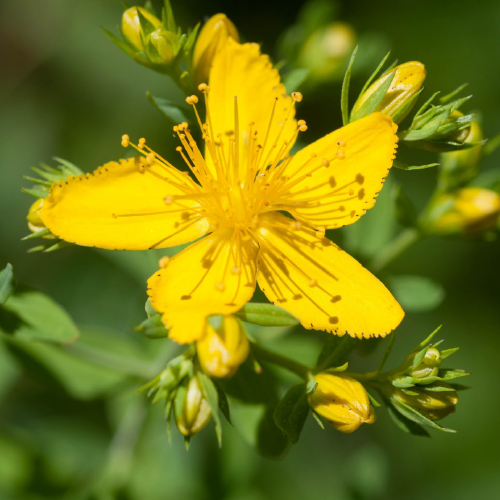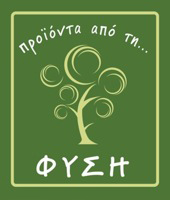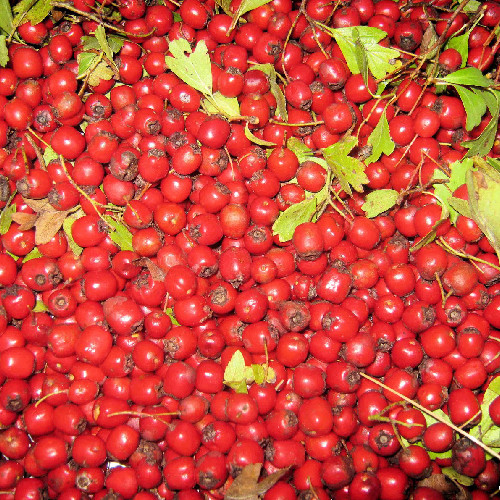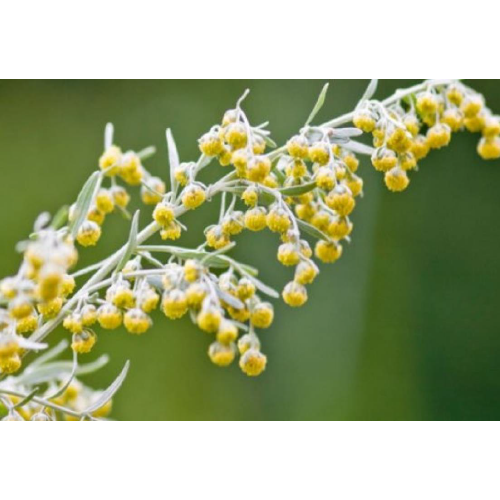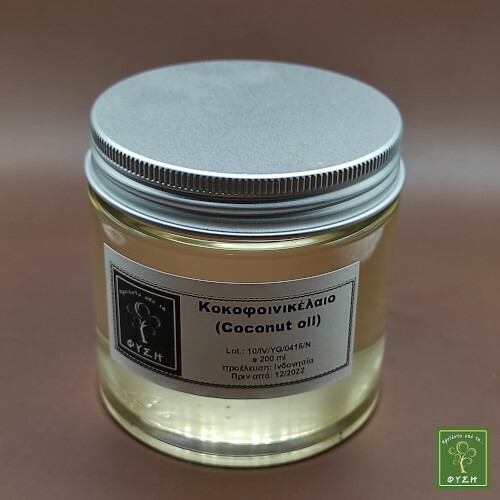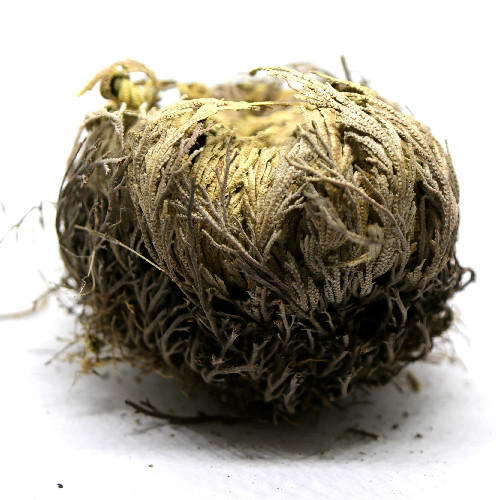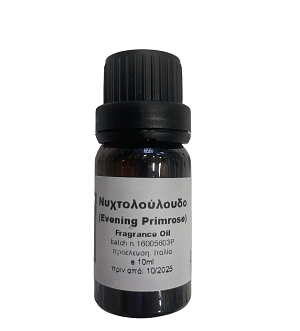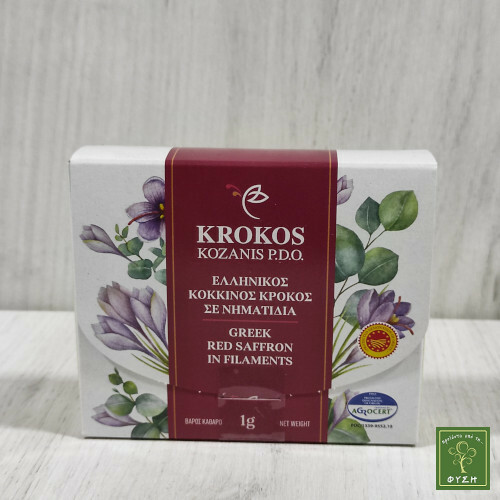Its scientific name is Hypericum perforatum, but is best known as balsam grass or St-John's-wort. Other names are: Perforated Perforated, Prodromus herb, Balsam, Balsam, Lichen, Psyllium, Turtle, walnut, Perennial, Swordfish, Chopped herb. There are various interpretations of his association with Ioannis Prodromos. In one version, it was called the Prodromos herb because it was one of the "locusts", that is, the ends of the plants that the Baptist was feeding in the desert. In another sense, it owes its name to the translucent and black-red spots on its petals, which were interpreted as a symbol of the blood of St. John, while the transparent dots of the petals were considered a symbol of tears spilled when he was decapitated.
The plant and its history
Balsam grass is a low-grade perennial with light woody branches and pale yellow flowers blooming on its peaks from June to September. When light falls on them, they show translucent spots and reddish dots, where colored essential oils and resins are found. In ancient times, the healing properties of balsam grass were prominent. Galen and Dioscuridis suggested it as a diuretic, healing, menstrual and hemostatic. In the Middle Ages, the plant was given magical properties, especially if it was collected on June 24, the day the memory of John the Baptist is celebrated. According to popular beliefs, the supernatural was the herb that repelled evil spirits with its smell. In addition to its therapeutic use, it has also been used as a raw material for the production of yellow and red dye intended for the coloring of woolen and silk threads. Finally, it was an essential ingredient in the process of burying the dead, hence the word "balsam".
Its therapeutic properties
Balsam is considered:
Antidepressant, sedative, antispasmodic and sleep quality enhancer in insomnia.
Anti-inflammatory and healing for burns and wounds. It is also thought to accelerate the disappearance of leukemia and hard skin tumors.
Tonic and stimulant for weakened organisms.
Soothing and soothing in bronchitis, cough, asthma.
Menstrual menstrual regulator.
Diuretic.
Spasmolytic.
For gastrointestinal disorders.
Antipyretic and painkiller.
